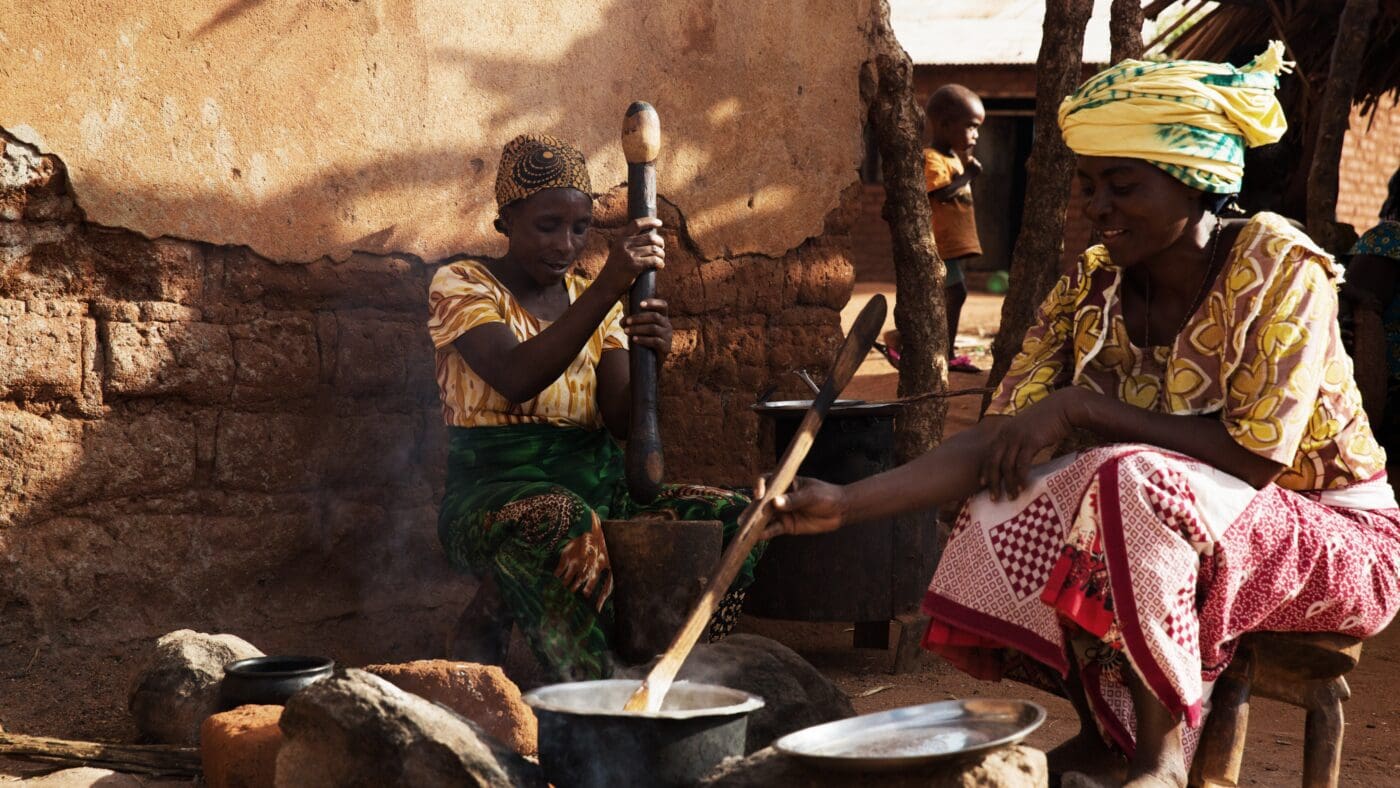
Tanzania
Growing But Still Hungry
Despite overall economic growth, Tanzania still experiences food deficits due to a heavy reliance on subsistence farming which can’t keep up with the population.
Food Deficits Hinder Growth
Although Tanzania is food self-sufficient at the national level, localized food deficits occur at regional, district and household levels because of dependence on rain-fed agriculture and limited use of modern farming techniques. Approximately 80 percent of the population relies on subsistence farming, and 28 percent of the population lives below the poverty line. Tanzania is classified as a least-developed country, ranking among the lowest on the Human Development Index. According to the 2015 National Nutrition Survey, almost 35 percent of children under age five are stunted.
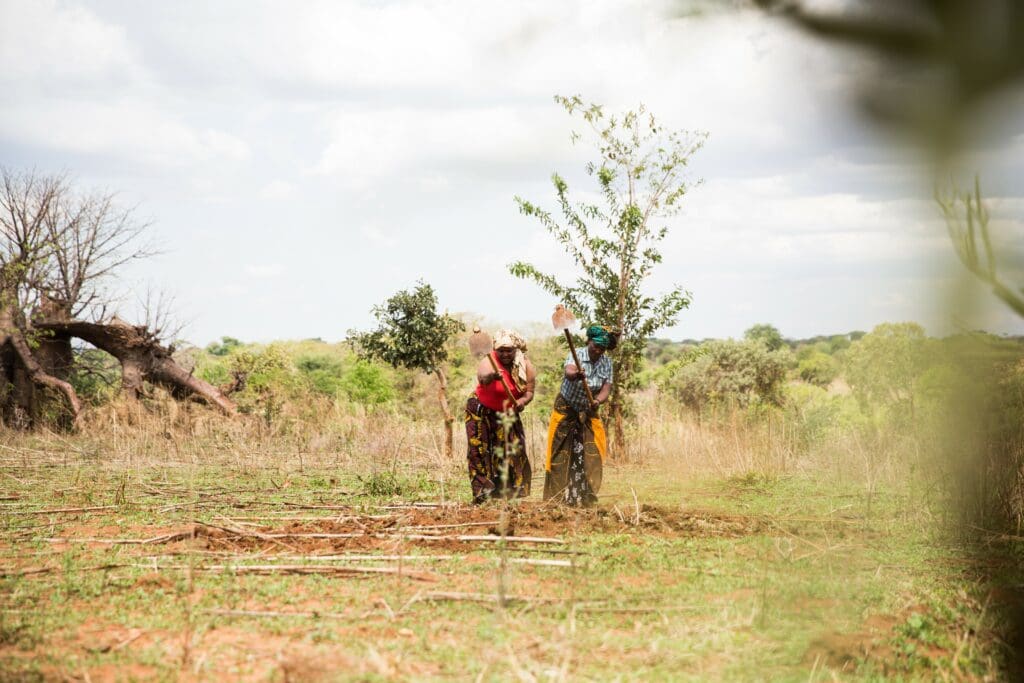
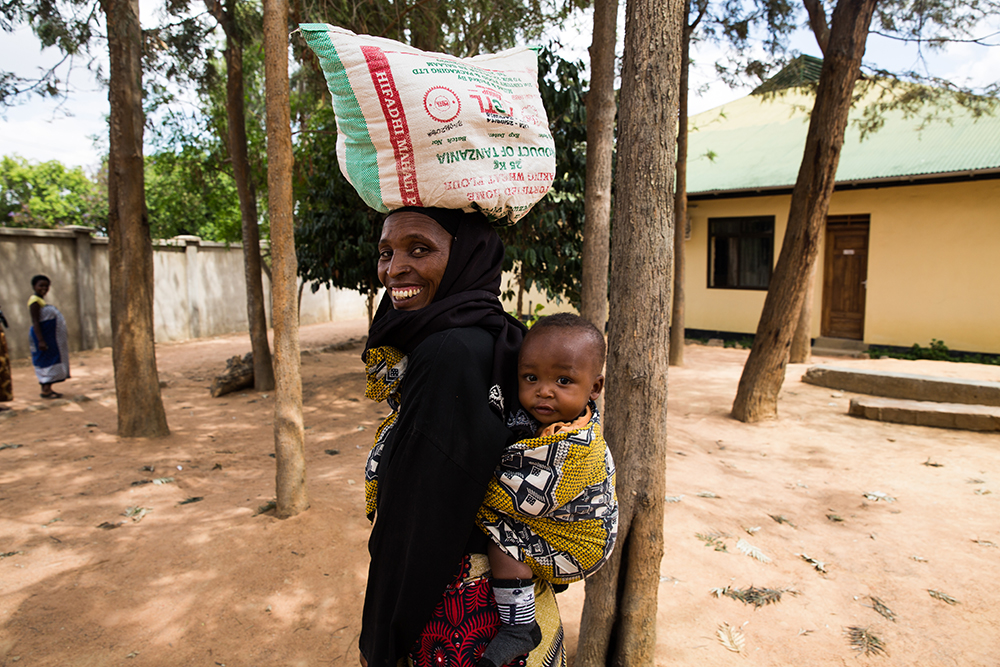
Over the last three years, Tanzania’s economy has grown at a rate of 7 percent annually, driven mainly by telecommunications, financial services, transport and construction. The discovery of large reserves of natural gas and crude oil offers promise of a new and significant revenue stream for the Tanzanian economy.
WFP’s Work in Tanzania
WFP assists half a million people in chronically food-insecure regions through its programs:
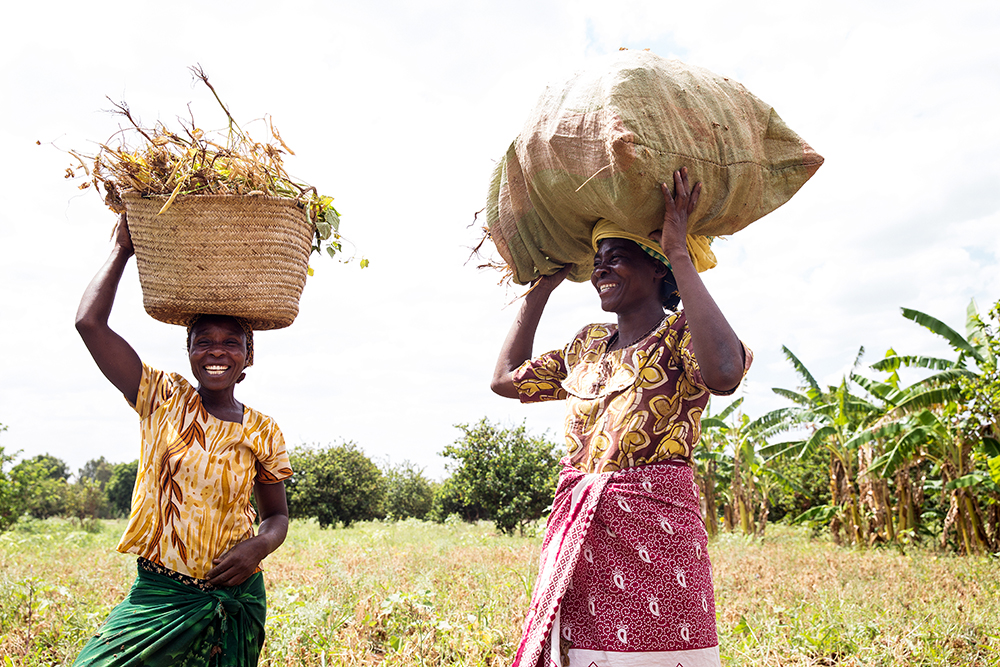
In rural communities, WFP’s FFA programming aims to develop community assets to stimulate economic growth at the household level. By investing in the construction and repair of irrigation schemes, dams and feeder roads, WFP helps strengthen farmers’ resilience to climate change, improve productive potential of the farmland, link farmers to markets and increase household incomes.

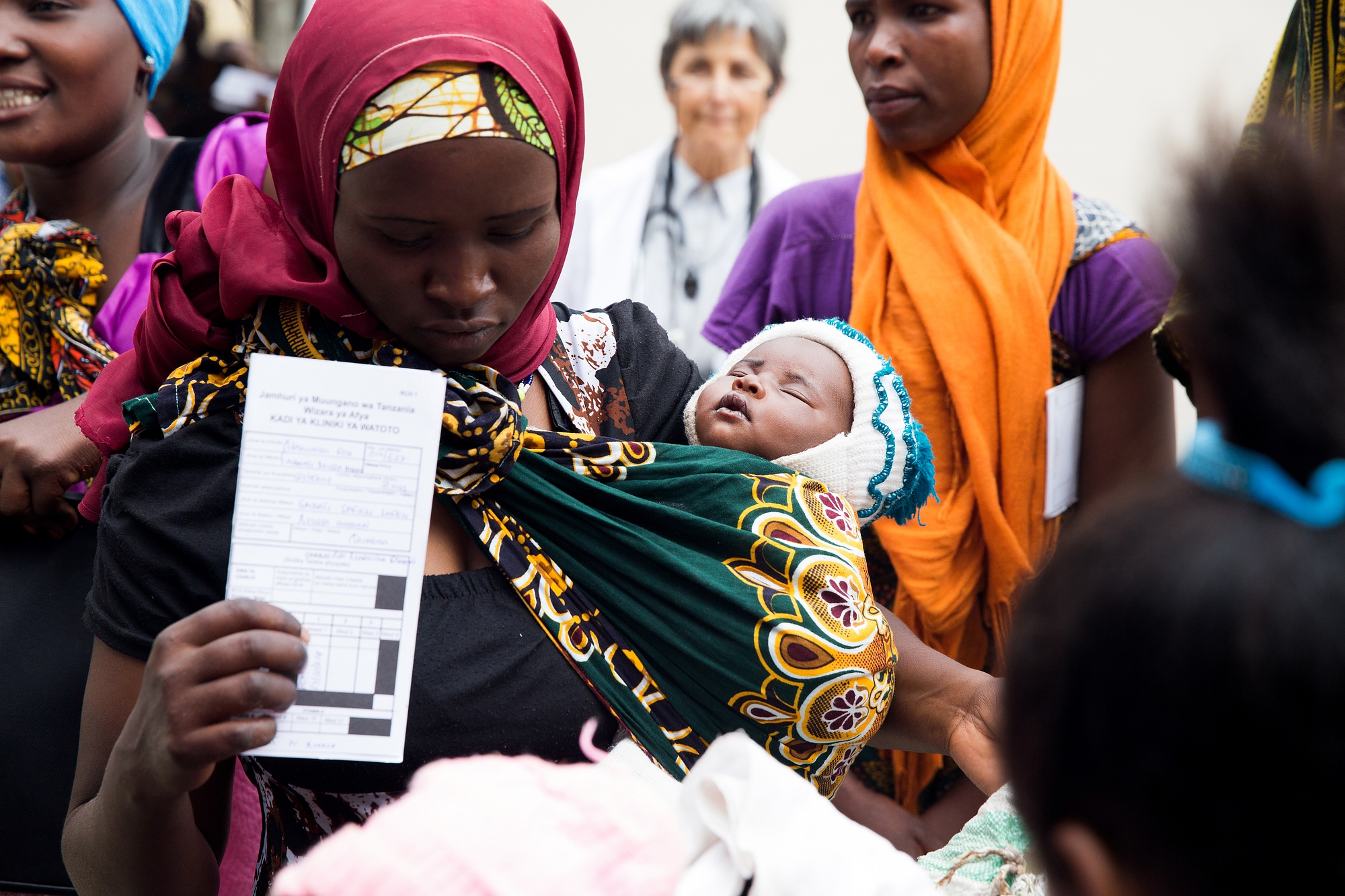
To treat moderate acute malnutrition, WFP provides monthly take-home rations of supplementary fortified blended food to these vulnerable groups. To prevent stunting, pregnant and breastfeeding mothers and children under age two also receive a monthly take-home ration of fortified blended food.

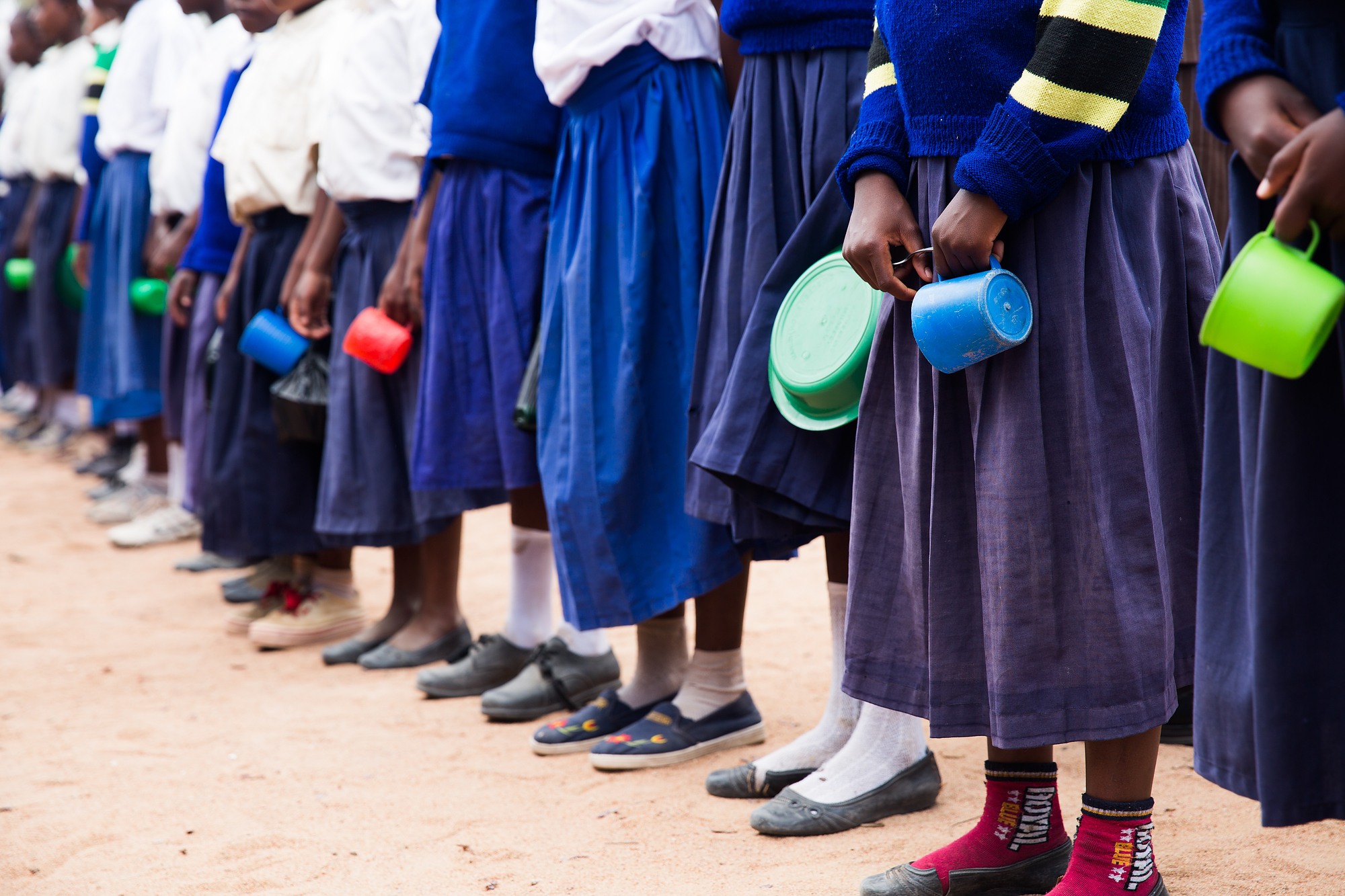
In 2015, WFP launched a homegrown school meals pilot to enable the local governments and schools to manage a school meals program and procure food locally from smallholder farmers. Homegrown school meals create greater community ownership of existing school meals by increasing the number of livelihoods they support.

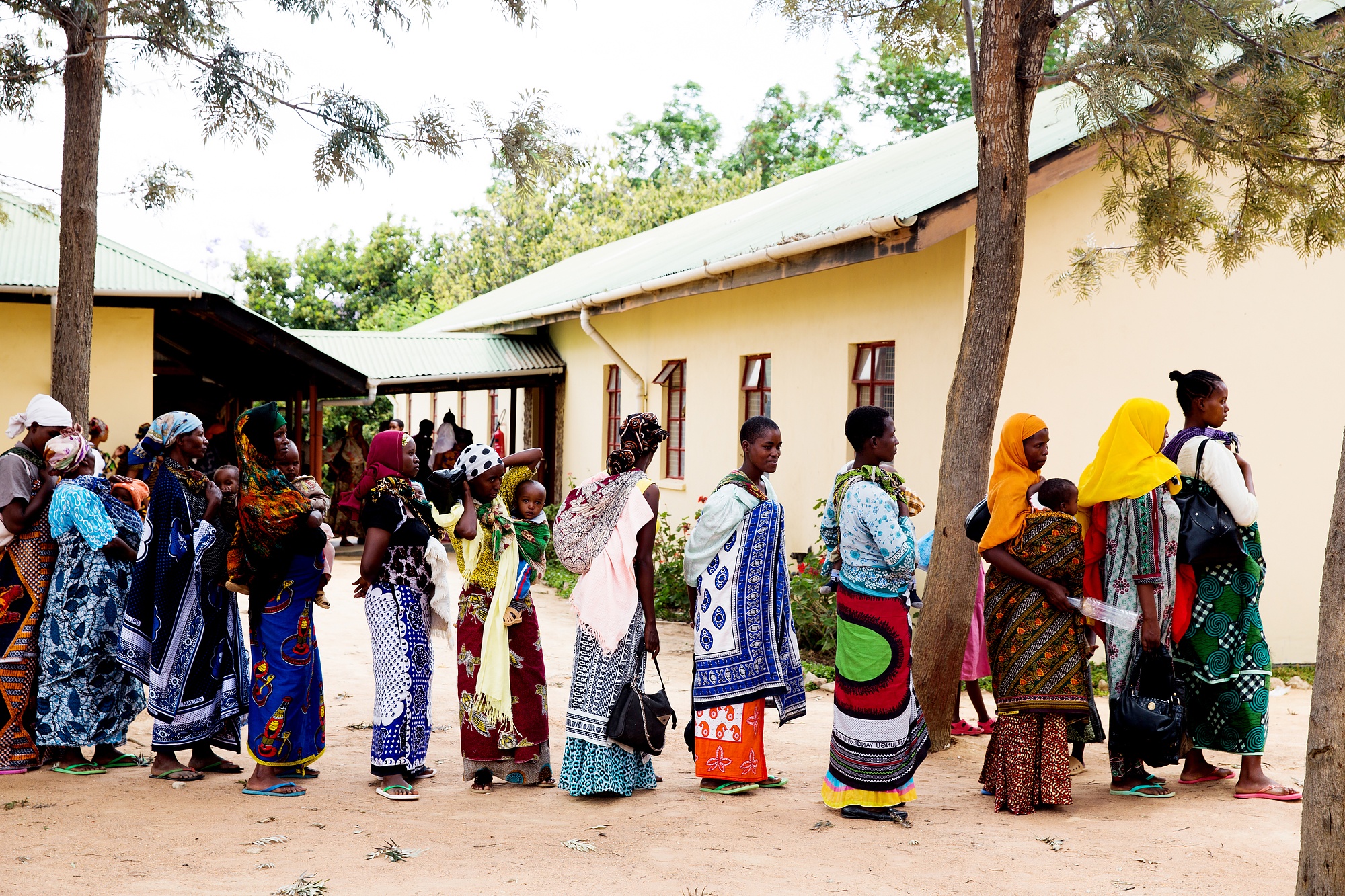
Since the 1970s, Tanzania has hosted refugees fleeing to northwest Tanzania from neighboring countries. The Nyarugusu, Nduta and Mtendeli refugee camps in the Kigoma region currently host more than 200,000 Congolese and Burundian refugees. WFP assistance to refugees is their main source of food.

Help SAve Lives Today
Give to help send food to vulnerable people in Tanzania and other countries around the world.
News & Updates From Tanzania
Read the latest stories of hunger issues and WFP’s work in Tanzania.


